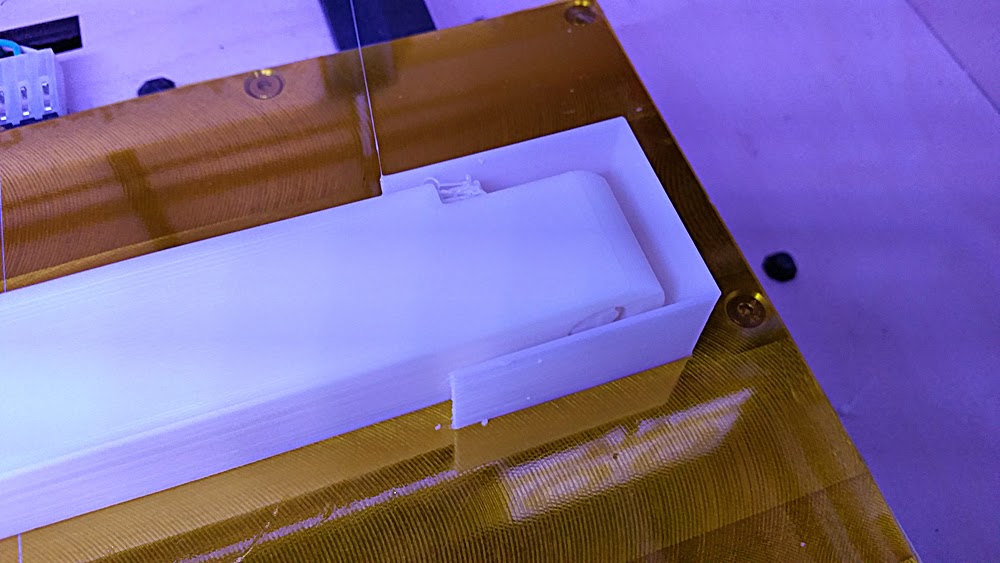The Logitech F310 is a good quality basic game controller out in the market for about $16, so naturally it'd be the go-to controller for game testing.
After reading many (many) articles about using it for OSX game development, it seems like the consensus was that it's a plug and play controller and no drivers are needed for it to run as long as you're in Direct Input mode ("D" on the switch). The device shows up as "Logitech Dual Action" in the system profiler, so should work right?
It did not.
After a few nights of trying different forum tips, switching over to PC (which worked without a hitch), and even installing 3rd party utilities, it just didn't work.
I finally gave up and posted the question on the forum. A nice gentleman from Unity by the name of Jordi Bonastre gave me a simple suggestion for my dilemma: INSTALL THE LOGITECH DRIVERS.
After installing the Logitech Control Center, the F310 controller worked wonderfully.
I'm guessing the reason why it worked for some of the box, is because most people probably have Logitech Control Center installed for their keyboard or mouse already.
Saturday, August 1, 2015
Sunday, July 26, 2015
SOLIDWORKS: Replacing Reference Parts
Solidworks has a round-about way to replace referenced parts in part files. Instead of the logical UX decision of having this function in a context sensitive right-click menu, it's hidden in the dialog box when you open a file from the file menu.
I don't know about anyone else, but I usually just double click on my last project file.
I don't know about anyone else, but I usually just double click on my last project file.
- Go to FILE > OPEN
- Click to highlight the file with references that you want to replace
- Click "References..." box in the lower right hand corner
- Double-click on the filename box and select your replacement file
- Click Okay, then Click Open.
Source: Solidworks Blog
Thursday, January 1, 2015
3D Printing: Heat Shields for Larger Parts
Not 100% sure where I read it first, but the idea of using a heat shield (technically a "draft" shield) really does work! Usually on my Replicator, a part that spans across the entire build platform will curl up on both ends.
However, using a 0.8mm thick heat shield (single 0.4mm shell all around), this client part came out perfectly straight. Also helped with the start and stop filament gapping that occurs with accelerated printing.

Subscribe to:
Posts (Atom)



